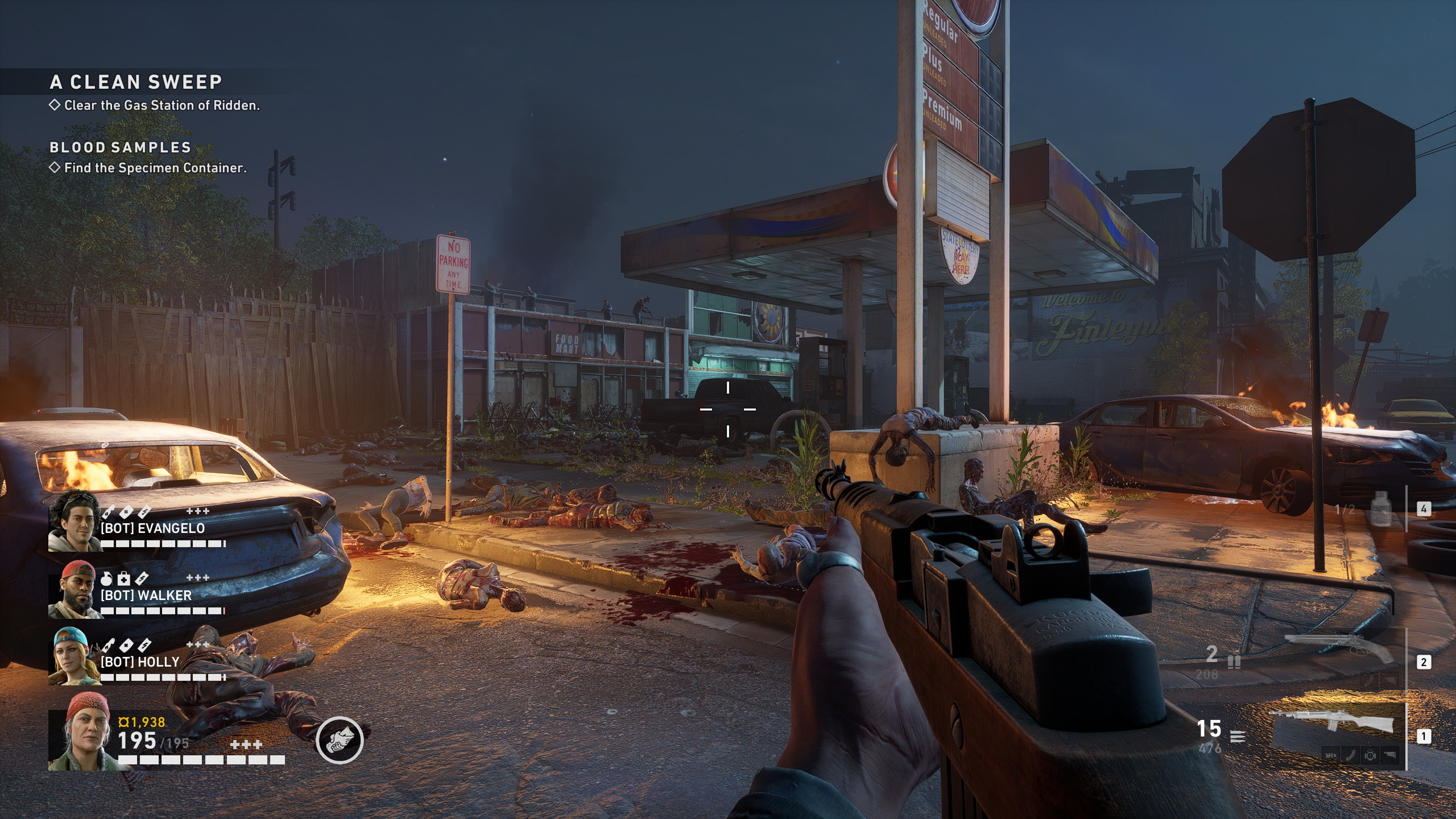
Besides FSR and DLSS, there’s also a spatial upscaling option built into the engine itself, though for pure frame rate gains your best bet is FSR on the Quality setting. Upscaling – Renders the game at a lower resolution to save performance, then upscales the image to match the native resolution. Here are which settings you can change to boost performance, and which ones can be left alone: Obviously there are DLSS (albeit on Nvidia GeForce RTX cards only) and FSR, as well as a few others settings of varying impact.Ģ560x1440 native, Epic quality 2560x1440 native, High quality 2560x1440 native, Medium quality 2560x1440 native, Low quality Nonetheless, they’re not your only tools for affecting how Back 4 Blood looks and, by natural extension, how it runs. In addition to its Low, Medium, High, and Epic (urgh) quality presets, there are only five individual quality options that can be set to the same levels.


There graphics quality settings are relatively streamlined, though if you don’t want to just slap on a preset it’s still possible to make specific tweaks.


All the PC essentials are here, like an uncapped framerate and FoV adjustment, as well as some pretty good 21:9 ultrawide support: cutscenes and menus stick to 16:9 but otherwise it works well, with appropriate UI positioning.


 0 kommentar(er)
0 kommentar(er)
